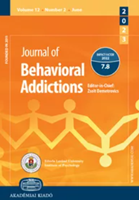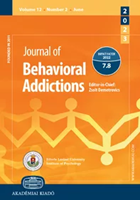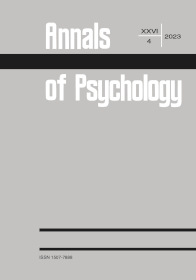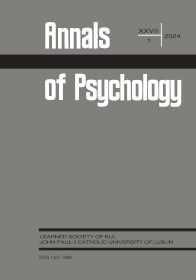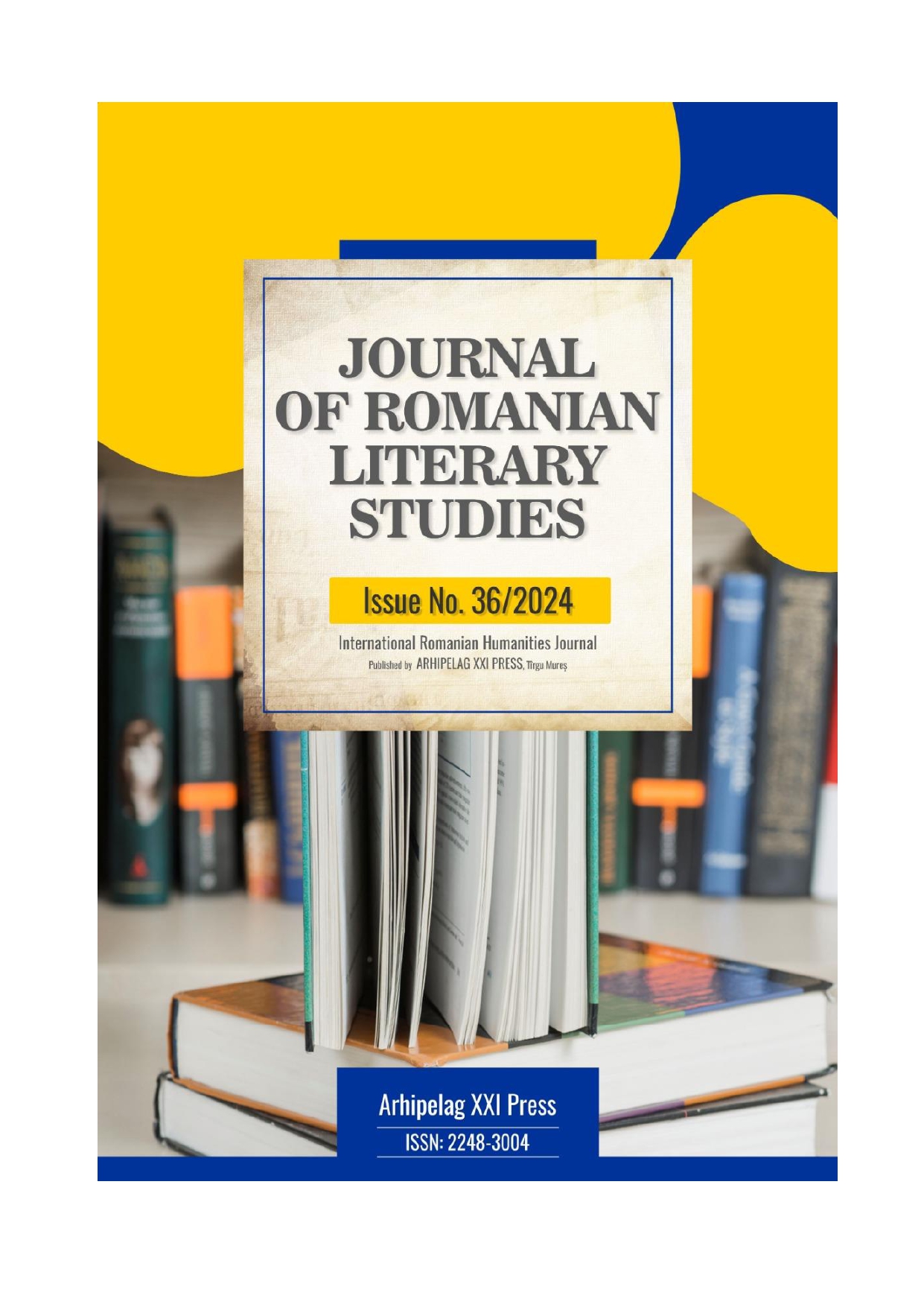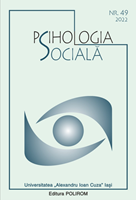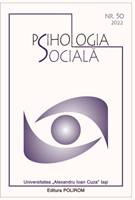
Transformational Leadership and Employee Organizational Identification in Pandemic and Post‑Pandemic Contexts
Over the years, leadership has proven to be one of the most important social factors that influence organizational performance. Leadership is even more crucial in difficult situations – such as those generated by the COVID‑19 pandemic. The present paper aimed at investigating the relationship between transformational leadership and organizational identification in both pandemic and post‑pandemic contexts. The first study, conducted in 2021 during the COVID‑19 pandemic, on 127Romanian employees, revealed a strong positive relation between transformational leadership and organizational identification. The second study, conducted in 2022 in a post‑pandemic context, on 183 Romanian employees, replicated the previous findings. Moreover, the findings of the second study revealed the mediating role of organizational identification in the relationship between transformational leadership and contextual performance.
More...
